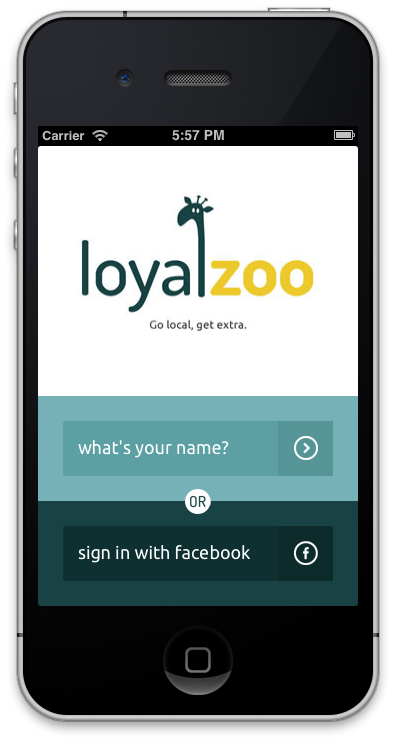06 Mar

There are as many ways with loyalty as with everything else – but the majority fall into three main categories;
1. The coffee-shop favourite
For cafés, coffee shops and other shops with a smaller product range, it can make sense to reward customers after they’ve bought an item a set number of times, as with traditional stamp cards. Typical examples include hot drinks, sandwiches or lunch deals.
If your business attracts people working in offices, e.g. on their way to work or in their lunch break, this is an excellent opportunity to keep them choosing you. Tempt them with a free coffee after they’ve had 6, half price on their 5th lunch deal or similar. When you decide on the target amount (ie. how many stamps needed before the reward), try to put yourself in your customers shoes. If your shop is busiest Monday to Friday, a reward every 5th – 8th visit is powerful. It means a chance of reward at least every fortnight; a tempting prospect for anyone!
2. The versatile one
If you have a wide range of products, for example a butchers or a restaurant, it may make more sense to reward the customer with loyalty points tied to spend. This way, there is no limitation on what the customer can buy. You will still have complete freedom to choose the rewards that suit your business best.
With a points-based rewards program, you can choose to reward customers with a free item or dish, a voucher for use in store or a discount; or anything else you may see fit. In a restaurant you could for example gift a free starter or drink with a main course at next visit, or give a cash voucher to be used whenever the customer wants. A discount is another good option. How generous you want to be is up to you, but keep in mind it has to be sizeable enough to be tempting to the customer, and achievable too. If you give an average of 30 points per visit, a good way of working out the target for the reward is to think in terms of average points/visit. Having a reward achievable after 10 visits or less is a guiding rule. Also take into consideration what kind of place it is. Do people come weekly? Every fortnight? Make sure they can reach target soon. If it seems unattainable, it may create the opposite effect – making people think you are stingy instead of generous!
3. The meet-in-the-middle
If you have a varied product range on offer, but you want to reward only those who buy certain items or above a certain cost, you can choose to give points per purchase above a set amount. Just remember to make the requirement reasonable – it must be easy and natural for customers to achieve the set amount. For a restaurant you could for example set the minimum amount for a point to the price of your cheapest main course. This would mean that anyone coming for just a drink would not necessarily earn rewards, whilst everyone who eats do.
For loyalty programs linked to a minimum spend per purchase, a shorter interval between rewards can make a huge difference. It may be enough to get each customer to spend an extra few pounds per visit to make sure they get their points.
If you have any other comments, suggestions or questions let us know below, or contact us.
//Loyalzoo is the UKs biggest loyalty app, aimed at independent retailers. With Loyalzoo any business can create and run their own digital loyalty cards either online, integrated into their existing POS-system or on a separate device.
If you want to find out more about Loyalzoo, click here to visit our business page.

